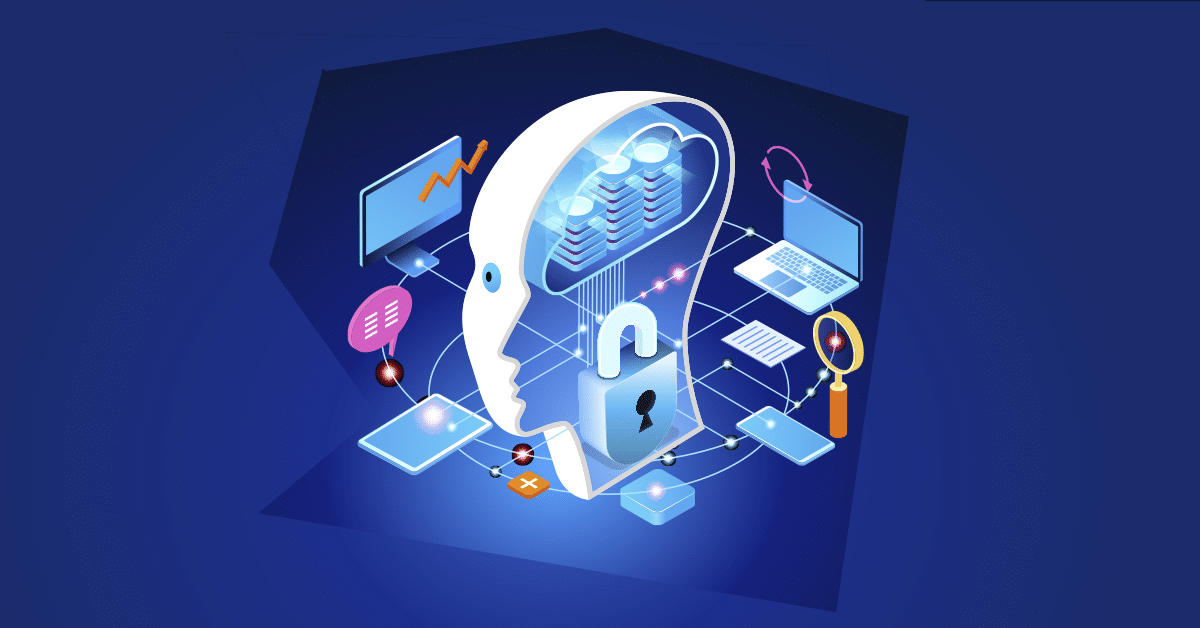

Artificial intelligence (AI) is so ingrained in all aspects of modern society that the term is almost meaningless without further clarification. Developers have used AI technology for years to perform various tasks, such as auto-completing search results or recommending products based on past purchases, but recent advancements have widened the scope of AI functionality. Despite a history dating back to the 1950s, AI buzz wasn’t a big part of mainstream discourse until ChatGPT was introduced at the end of 2022.
It displayed coding abilities that promised to eliminate entry-level programmers and churned out endless generic LinkedIn articles beginning with the phrase “In the realm of,” generative AI initially inspired jaw-dropping wonder in the public and struck terror in the hearts of knowledge workers. However, as has been the pattern throughout the long history of AI, this auspicious beginning hasn’t panned out quite as anticipated. Developers and other knowledge workers haven’t been eliminated. Instead, they have a new productivity tool to help them do their jobs more efficiently.
Now that the novelty of AI is starting to wear thin and some practical applications of AI have been tested and proven, it’s easier to see its long-term effect on cybersecurity. Here are three implications of AI in cybersecurity that development teams will need to consider and incorporate into the software development lifecycle (SDLC) moving forward.
First, the bad news: AI-enhanced, superhuman productivity isn’t reserved for the good guys. Hackers have long had a reputation as sophisticated criminals, and with good reason — they’re usually the first to figure out how to thwart new technology for personal gain. Generative AI is no exception. Some of the ways malicious actors are using AI to launch cyber attacks include:
The good news is that you can counter many hacking attempts through AI-powered static application security testing (SAST). The next generation of SAST tools, such as Kiuwan SAST, use machine learning techniques to increase the efficiency of security teams and scale alongside the business systems they protect.
SAST scans the codebase, bytecode, and binaries for vulnerabilities that hackers can exploit. Machine learning models train on extensive datasets of code and known vulnerabilities so they can identify flaws that could lead to security breaches once an application is launched. AI is taking SAST to the next level by:
Open-source code began with enthusiasts and tinkerers who wanted to share their creations. It’s a fundamental building block of almost every application’s codebase. Rather than reinventing the wheel, developers can utilize open-source code’s modular design and ease of use to get applications on the market faster and decrease development costs.
However, the often patchwork approach of developing with open-source code carries inherent risks. Open-source code usually lacks a standardized naming schema and can be hosted on insecure accounts that are more vulnerable to hackers. Additionally, legacy code is frequently used long after improved code is introduced. For enterprise-level applications, development teams may not know what open-source components and dependencies are buried in the codebase.
Software composition analysis (SCA) tools like Kiuwan’s Insights (SCA) let developers find and manage open-source vulnerabilities before they can be exploited. AI algorithms check codebases against databases, security advisories, and version trackers to uncover security issues and recommend remediation.
SCA tools also use AI to automate license compliance by automatically detecting and classifying licenses in open-source components. This protects organizations from the legal and financial risks of unauthorized use.
As with SAST tools, AI in SCA integrates security into the DevSecOps process by automating scans at all stages of development. It analyzes complex dependency graphs to identify transitive vulnerabilities and indirect dependencies that might otherwise be overlooked. Developers can use this information to fully understand the impact of using specific open-source components.
Although AI might not live up to all the preliminary hype, it’s invaluable in certain use cases, particularly cybersecurity. Cybercriminals are taking full advantage of AI to work more efficiently and at a larger scale than ever.


